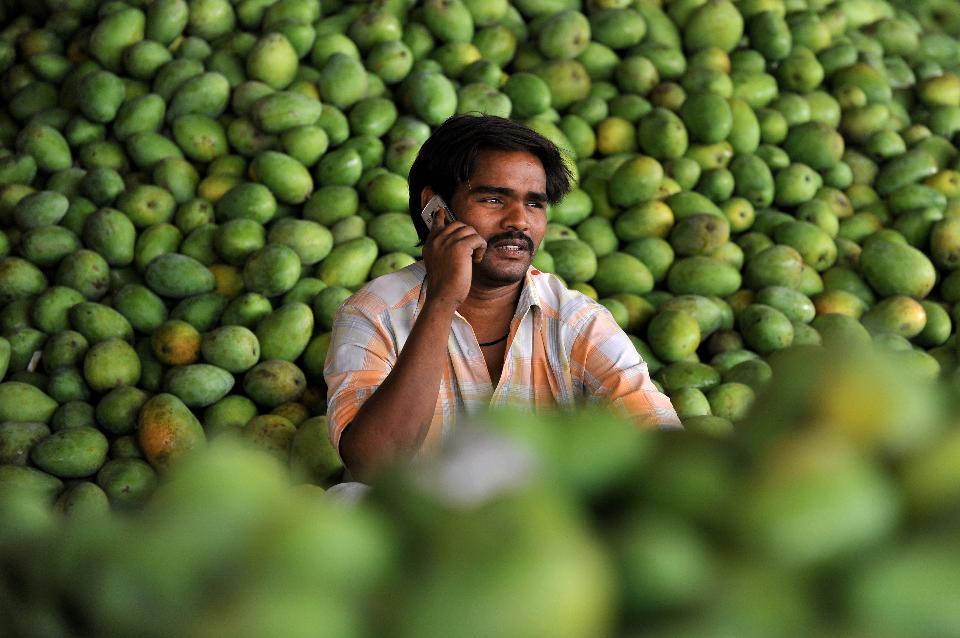
U.K. Regulators Think Big About Blockchain
By Falguni Desai for Forbes
Fintech companies continue to grow and gain attention as the sector innovates for institutional and retail customers. According to the latest stats from CB Insights, fintech venture activity saw $7.4B in investment in the first two quarters of 2016. Deal flow has been healthy as 416 deal have been completed in that time frame.
Much of the attention and activity in developed markets has focused on fintech subsectors such as robo advisors, marketplace lending, crowdfunding and applications which serve large financial institutions. But another side of fintech innovation is quickly evolving in response to the needs of the unbanked.
According to the World Bank’s 2014 Global Findex the world has more than 2 billion unbanked people. Countries in Asia and Africa have some of the highest rates of unbanked populations. In Asia, the rates of unbanked as a percentage of the total population are 21% in China, 47% in India and 64% in Indonesia. As a comparison, the U.S.’s unbanked rate is approximately 6.5%.
The unbanked are those who do not have traditional bank accounts or access to banking services. They struggle with a lack of money, meeting bank account requirements, high banking fees and generally distrust the banking system. But another reason why they remain unbanked is because the banking infrastructure is less widespread in many developing parts of the world. Bank branches and ATMs are sparsely scattered only in large towns and cities making daily access inconvenient.
Fintech innovators are well aware of these challenges and have been creating new solutions to serve this very large market. Many of these companies have drawn large user bases and decreased the level of unbanked populations in their regions. The innovations are centered on two major areas.
Mobile Money & Payments
Without steady access to a financial institution, the unbanked carry and store their savings in cash currency and rely on cash only transactions. This makes them susceptible to street crime, insecure transactions and fraud. Even in some developed markets, the very low issuance of credit cards keeps segments of the population from being able make purchases. They are unable to participate in online commerce or receive payments directly. When they do use services such as check cashing, money orders, wire transfers and prepaid cards, they pay high fees.
Mobile technology has been a boon for these unbanked. Many telecom and banking players as well as private fintech companies have created apps and solutions which allow people to make and receive payments using accounts which are tied to their mobile phones, without ever needing to open a bank account. Examples of Asia’s success stories include:
- AliPay’s 450 million users in China
- Paytm Wallet’s 122 million users in India
- MoMo E-wallet’s 2.5 million users in Vietnam
- True Money E-Wallet’s 6 million users in Thailand
- Smart Money mobile wallet’s 8 million users in the Philippines
Micro Lending & Credit Scoring.
In the developed world, the FICO scoring model, established by Fair Isaac & Co., in 1981, is used by all of the major credit bureaus including Experian,TransUnion and Equifax. However, unbanked populations are caught in a vicious cycle. They have never borrowed money formally and because of this, credit scoring and risk measurement is difficult, which further prevents their ability to use traditional banking services. At the heart of the issue is a lack of financial data about an individual’s financial history.
The exception to this has been 50 years of success in the microlending. Without relying on traditional credit data micro finance institutions (MFIs) around the world have made very small loans to rural and unbanked entrepreneurs, started microfinance funds, provided financial literacy training and worked in the field to monitor and work with borrowers on their businesses and repayment. However, in the last decade, micro finance also suffered some failures and challenges. Reports of over-indebtedness among borrowers, the cost of field workers and the time to evaluate and process loans are some of the shortcomings of the micro finance sector.
These challenges point to need for better credit risk measurement and digital tools which eliminate the need for physical presence. Social media and other data sets are allowing fintech innovators to cleverly create new risk measurement analytics. Mobile apps, digital tools and local retailer networks are substituting in place of a traditional banking system and serving rural populations. Some of Asia’s launches include:
- Singapore based, Lenddo’s social media based credit scoring algorithm
- China based, Sesame Credit’s social media analytics based credit scores
- China based MyBank’s focus on rural areas digital only banking
- India based digibank which is a digital only, mobile based bank, run by DBS
Clearly, fintech innovator’s see the potential in pursuing financial inclusion. Not only does it provide a size-able market opportunity, but it also comes with the promise of creating a positive impact on people’s lives.
Falguni Desai works on innovation and strategic growth for large companies. She can be reached at faldesai@outlook.com
First appeared at Forbes





